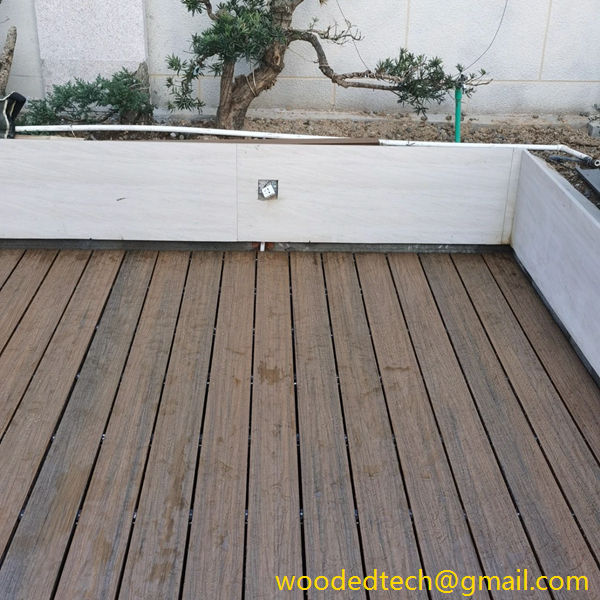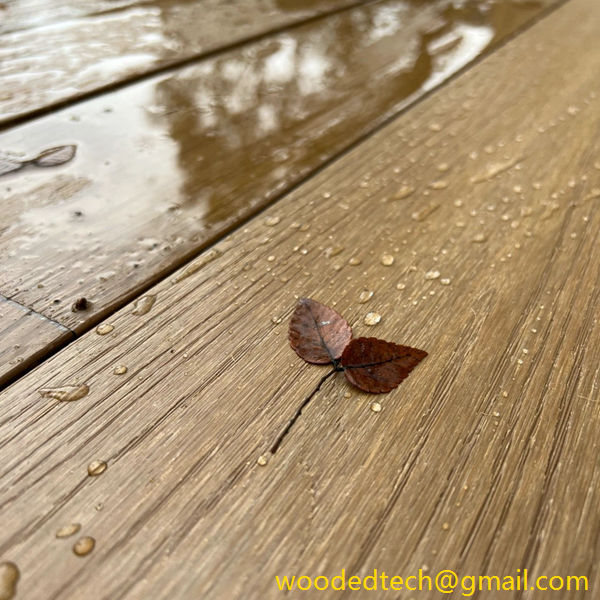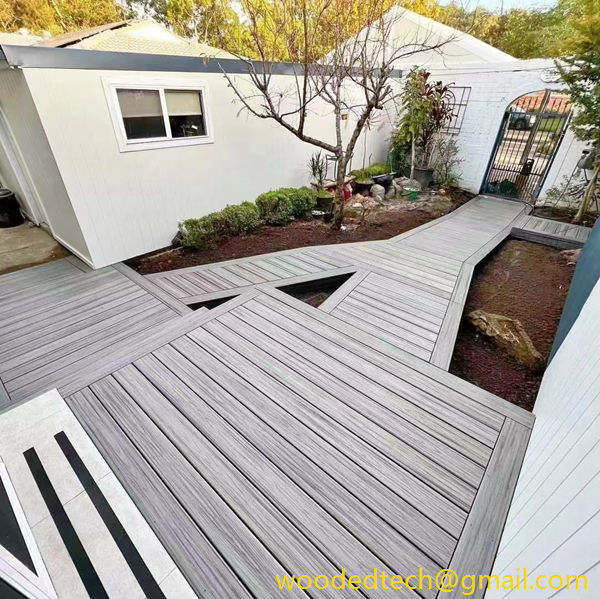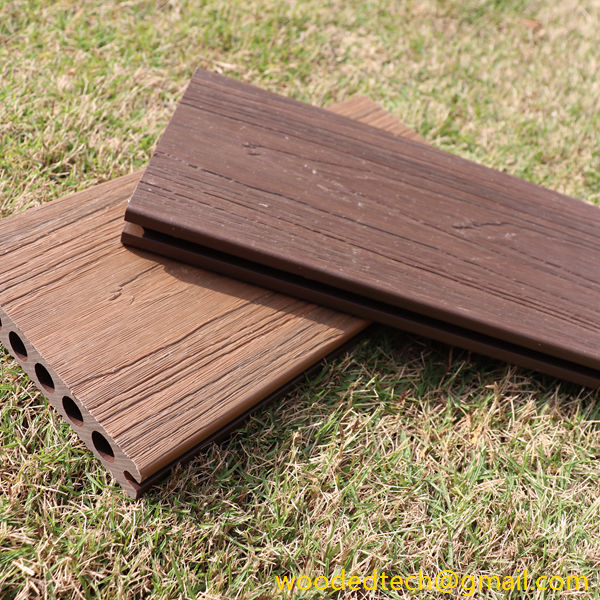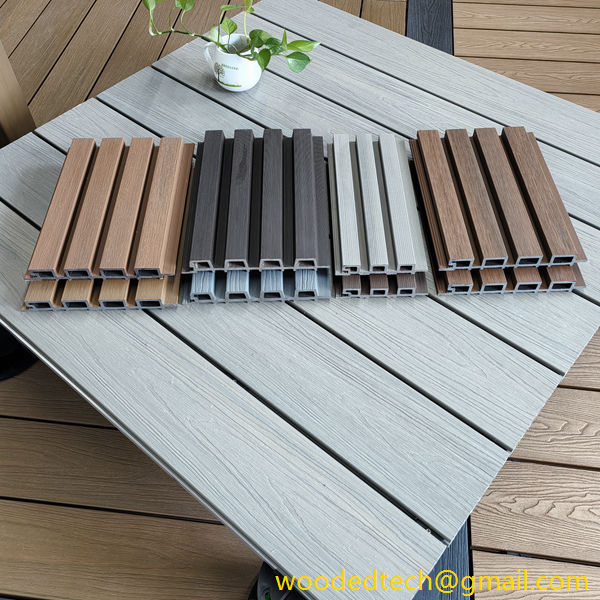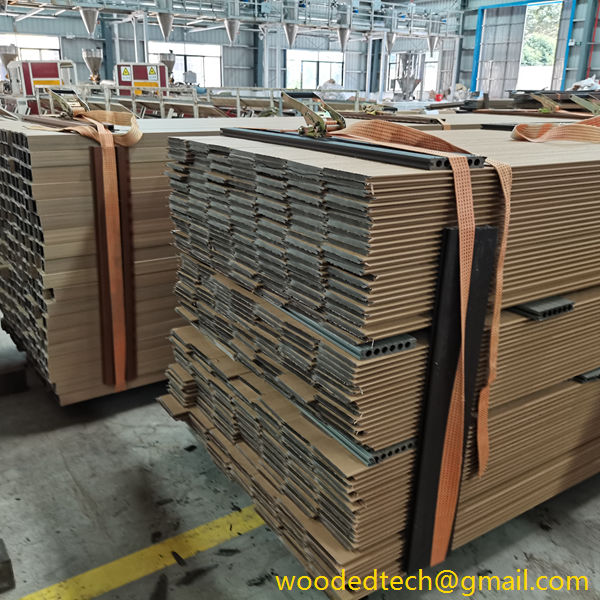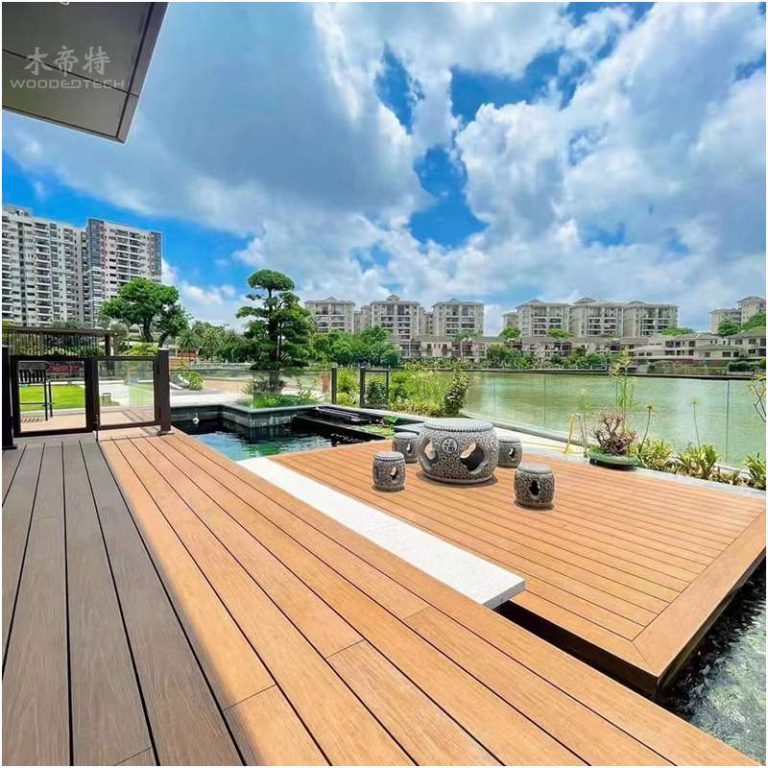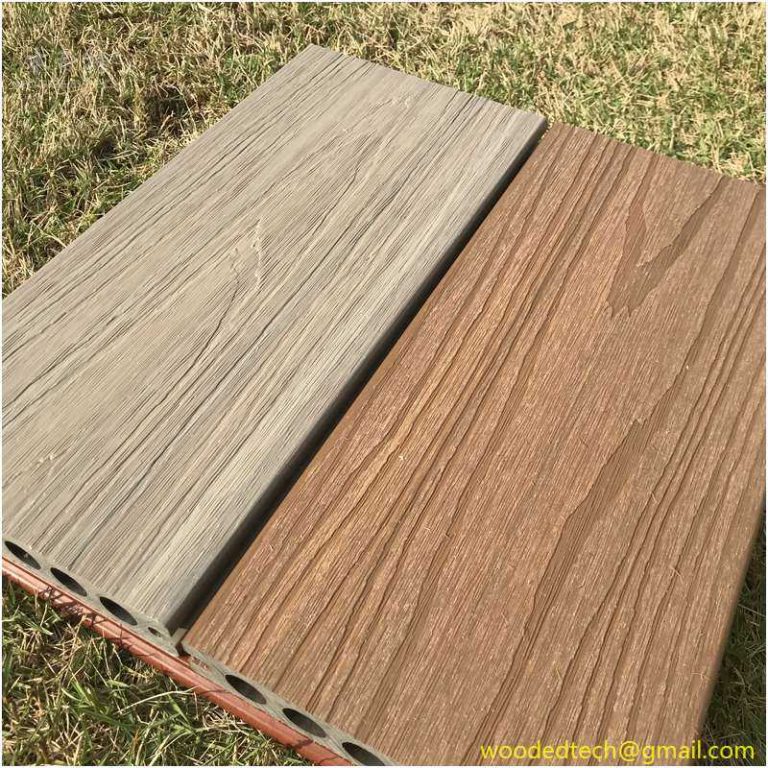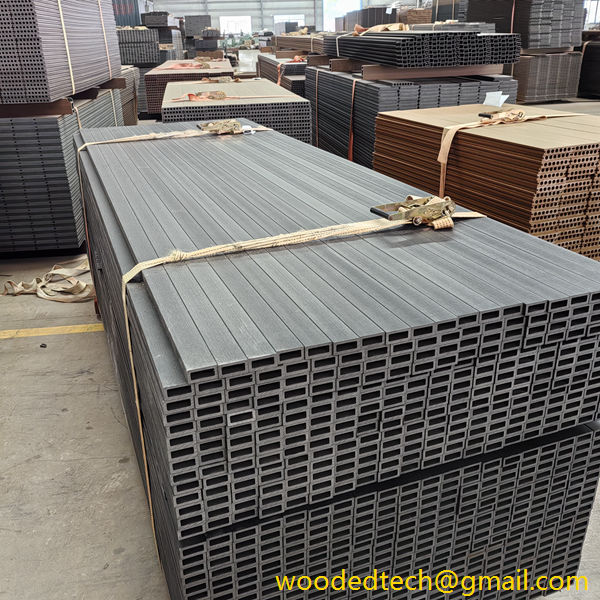What Are Wood Plastic Composites and How They Are Used in Modern Construction and Design
What Are Wood Plastic Composites and How They Are Used in Modern Construction and Design Wood Plastic Composites, commonly referred to as WPCs, represent a revolutionary material that has gained significant traction in modern construction and design. These composites blend wood fibers or wood flour with thermoplastic materials, such as polyethylene, polypropylene, or polyvinyl chloride,…
What Are Wood Plastic Composites and How They Are Used in Modern Construction and Design
Wood Plastic Composites, commonly referred to as WPCs, represent a revolutionary material that has gained significant traction in modern construction and design. These composites blend wood fibers or wood flour with thermoplastic materials, such as polyethylene, polypropylene, or polyvinyl chloride, to create a composite that harnesses the best qualities of both wood and plastic. This combination results in a versatile, durable, and aesthetically pleasing material suitable for various applications.
One of the standout features of WPCs is their ease of installation. Traditional wood materials often require complex tools and techniques for cutting, joining, and finishing. In contrast, WPCs typically come in standardized lengths and sizes, allowing for straightforward measurements and cuts. The materials can be easily manipulated with common tools, making them accessible for DIY enthusiasts and professional contractors alike. This ease of handling not only saves time during installation but also reduces labor costs, making WPCs an attractive option for builders and designers.
Another advantage of WPCs is their resistance to the elements. Unlike traditional wood, which can warp, splinter, or rot when exposed to moisture, WPCs are engineered to withstand exposure to water and humidity. This property makes them particularly suitable for outdoor applications, such as decking, fencing, and landscaping features. The reduced risk of damage from weather-related factors ensures that projects maintain their aesthetic appeal and structural integrity over time, leading to lower maintenance costs.
In addition to their durability, WPCs offer a variety of design options. They can be manufactured in different colors, textures, and finishes to mimic the appearance of natural wood while providing the consistency and reliability of synthetic materials. This versatility allows architects and designers to incorporate WPCs into a wide range of projects, from residential homes to commercial spaces, without compromising on style or functionality. The ability to create custom profiles and shapes further enhances their adaptability in both structural and decorative applications.
The sustainability aspect of WPCs is another key consideration in their growing popularity. Many manufacturers source their wood fibers from reclaimed or recycled materials, reducing the demand for virgin timber and contributing to more environmentally friendly building practices. Additionally, the plastic components of WPCs often include recycled plastics, further minimizing waste and promoting a circular economy. As sustainability becomes increasingly important in construction and design, WPCs provide a viable alternative that aligns with eco-conscious building practices.
WPCs are commonly used in several applications within modern construction and design. One of the most popular uses is in decking systems. Traditional wooden decks require regular maintenance, such as staining or sealing, to protect them from the elements. In contrast, WPC decking offers a low-maintenance solution that does not require the same level of upkeep. Homeowners can enjoy their outdoor spaces without the constant worry of rotting boards or fading colors.
Fencing is another area where WPCs have proven to be an effective choice. The durability and weather resistance of these composites make them ideal for creating long-lasting fences that do not require frequent replacement or repairs. With various styles and colors available, WPC fencing can enhance the aesthetic appeal of a property while providing privacy and security.
Landscaping features, such as garden beds, planters, and outdoor furniture, also benefit from the use of WPCs. These materials can be shaped and molded to create functional and visually appealing garden structures that withstand the rigors of outdoor use. The lightweight nature of WPCs allows for easy transport and installation, making them a practical choice for landscaping projects.
In commercial applications, WPCs are increasingly utilized for cladding and siding materials. The durability and low-maintenance nature of WPCs make them suitable for high-traffic areas and buildings subject to harsh weather conditions. Additionally, their aesthetic versatility allows businesses to create unique and inviting exteriors that attract customers and enhance their brand image.
As technology continues to advance, the possibilities for Wood Plastic Composites in construction and design are expanding. Innovative production methods and new formulations are being developed to improve the performance characteristics of WPCs, such as enhancing their fire resistance or increasing their strength. These advancements will likely lead to even broader adoption of WPCs in a variety of applications, from residential to industrial.
In conclusion, Wood Plastic Composites are transforming the landscape of modern construction and design. Their unique blend of wood and plastic offers a range of benefits, including ease of installation, durability, aesthetic versatility, and sustainability. As builders, architects, and homeowners seek innovative materials that meet contemporary demands for functionality and style, WPCs stand out as a leading choice. With continued advancements in technology and an increasing focus on eco-friendly practices, the future of Wood Plastic Composites is bright, promising even more exciting applications in the years to come.

